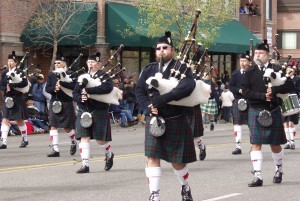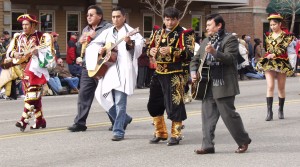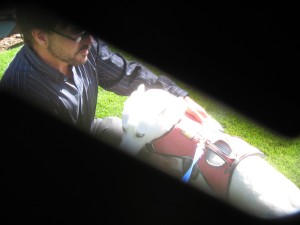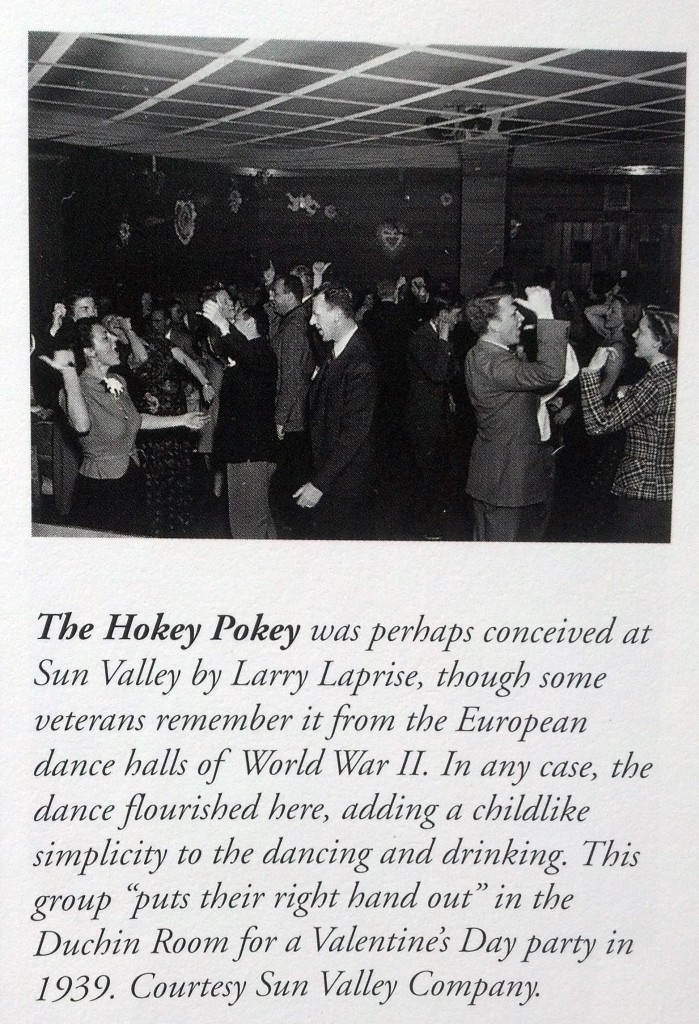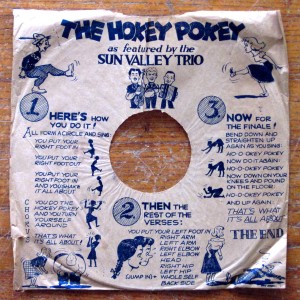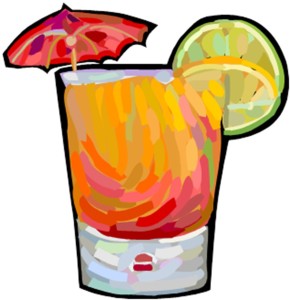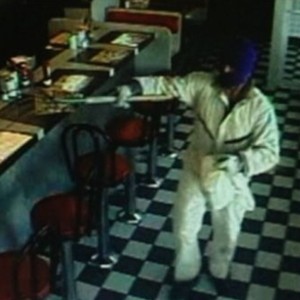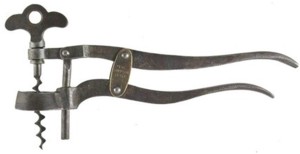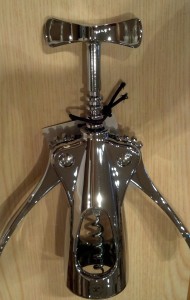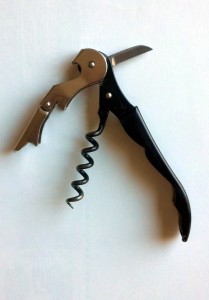Last weekend was the “Trailing of the Sheep Festival,” a charming Wood River Valley event that brings animals, locals, and tourists together. It is an annual ritual that commemorates an important history of wool and lamb production. Each autumn, the sheep leave their northern grazing lands for lower, warmer elevations. In the small towns in a narrow valley, this trailing can cause unexpected congestion on Main Street. Or, if integrated as it is with the resort community interest in tourism and historic events, it becomes a popular festival.
This year, commemorating 150 years of this migration, the theme was “Celebrating Generation,” marking its eighteenth year. The festival has continually gained popularity since the festival was profiled fifteen years ago on CBS “On the Road with Charles Kuralt.”
Over four days, including the colorful parade through Ketchum, almost everyone gets into the act: sheep shearing demos, herding dog trials, presentations on regional history, displays and demonstrations of fabric arts, quilt shows, music, and market specials on lamb in various cuts. Valley restaurants rack up the lamb for specials of many varieties, and chefs–and we have an abundance of cooking talent in the valley–show off their talents. If breakfast is your only meal out, ask for the lamb bacon. Most businesses find some way to connect with the sheep theme at this special time.
The parade is a wonder of sights and sounds and color including Basque dancers, Polish Highlanders and vintage wagons, all packed into the narrow Main Street of Ketchum. Etiquette requires leaving family dogs at home for good reason.
Rules also caution humans against thinking this is the running of the bulls and jumping into the flock. This agglomeration of furry animals is just modestly under control of the horse mounted shepherds and the herding dogs which is evidenced in the leaping and fast pace of the sheep as they pass. The residue left behind is a major cleanup for the city.
One year, on a side street, we found ourselves suddenly surrounded by hundreds of sheep. We were adrift in the wooly river for minutes and the photo opportunity balanced the fear of sharing our space with what appeared to be very confused sheep.
Yes, this is a charming, memorable period in the sunny, yet cooling early autumn, but as with any soft story, there are some sharp edges. Around the table we discuss the fact that these sheep and their owners enjoy privilege in this state with access to public lands for grazing. Ironically, the “Trailing of the Sheep Festival” occurs each year around Columbus Day, a holiday celebrating the explorer who introduced sheep into this land of indigenous wolves.
Frequently, the ranchers blame the now-reclaimed wolf packs for predation on the herds, often exaggerating the volume of kills and risk to this part of the agriculture industry. It doesn’t matter that sheep in wolf habitat is a perfect predator to prey environment, or that there are coyote predators, or even that the real ultimate predator is the human rejoicing in the lamb concoctions at various restaurants. The wolf as usual is the plague and all of this plays into the mantra in Idaho.
Idaho, the unlikely State for this lovely valley, is a place that has very clear priorities and is damn proud of it. The Governor and most of the men in the legislature sport big cowboy hats in official photos, red neckties, and cowboy boots. This is an outfit that seems to speak of family values, ranching, opposition to same-sex marriage, and a form of conservatism that has brought funding for public schools to the lowest per-student in all fifty states.
The hat and the ranching theme also signal a priority for wolf-killing season to be year-around. It is a terrible irony that along with the announcement that public education funding was in the tank, the Governor proudly announced he and legislature had found $500,000 to hire consultants to kill wolves, including a paid sniper in a helicopter who shot seven wolves in the Frank Church wilderness area. Shall we review the definition of the word wilderness?
 This is a strange state of affairs. So it is, at this time of a charming community festival, we also took a hike wearing our Save the Wolf t-shirts.
This is a strange state of affairs. So it is, at this time of a charming community festival, we also took a hike wearing our Save the Wolf t-shirts.

